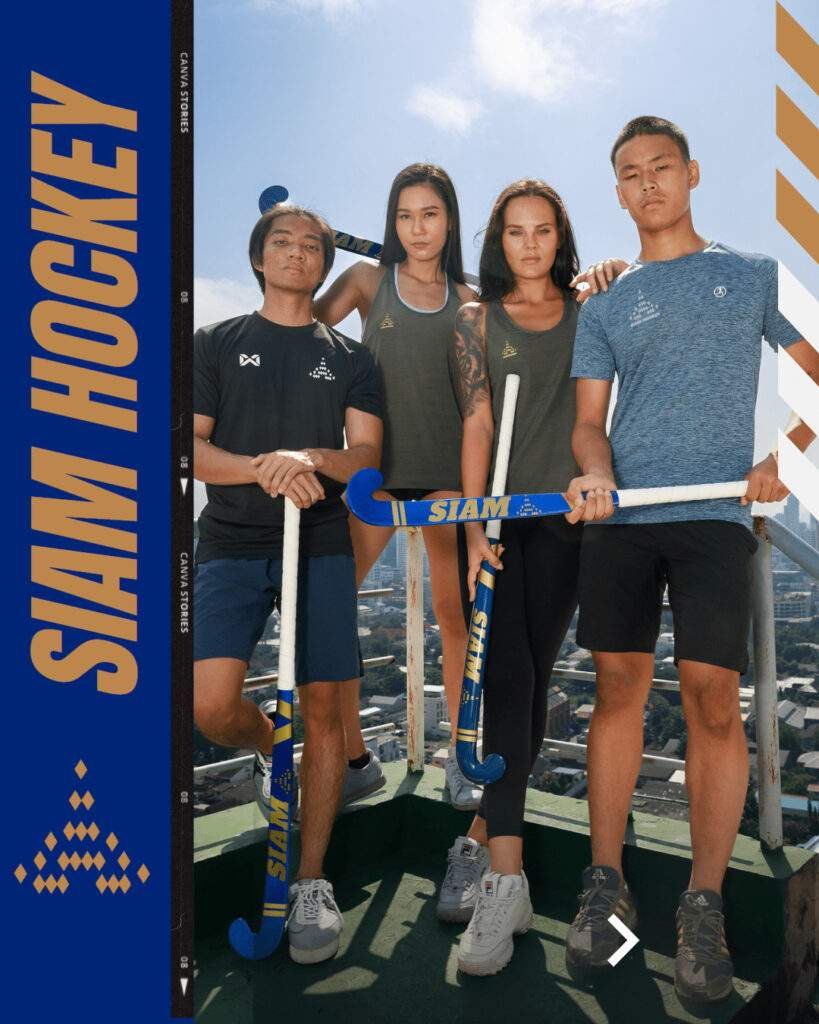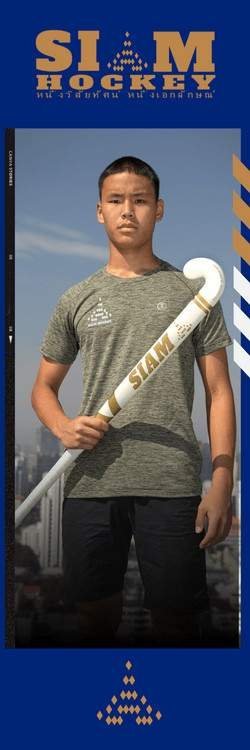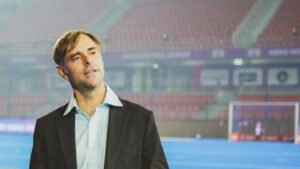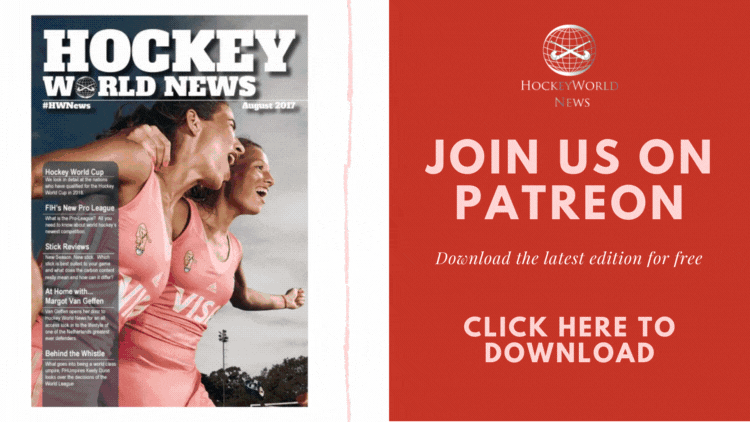A milestone in hockey: the hockey mat of the future was officially opened on the Weesp site on Tuesday. In the evenings, during a special practice game between players from Weesp and a few hockey legends, a ball rolled for the first time on the new, dry artificial turf field on which water is never sprayed.
Jeroen Hertzberger quickly gets the ball back and forth a few times with his stick on the brand new field. It is just after eight on the attractive complex on the Vecht, where hundreds of spectators in the summer evening sun have just witnessed the first match on dry turf. The 37-year-old attacker from Rotterdam was one of those invited to test the dry artificial turf in competition form, as were former Orange striker Kim Lammers, Bloemendaal icon Floris Jan Bovelander, ex-international Tim Jenniskens and Amsterdam players Ilse Kappelle and Fiona. Morgenstern, to name a few.
Soft matte
“When you see the field from a distance, you think: this is a field like all the others,” says Hertzberger when we ask him about his initial findings. “But once you walk on it, it feels very soft. A bit too soft in my opinion. I prefer to play on a harder field, then the balls stay low when you accept them. But once the ball leaves your stick flat on this square, it stays flat. We played with a smooth ball here, but I think it’s best to play with a water ball. Then you get a little more air between the ball and the field. I had more grip. That can sometimes be nice, but it requires adaptability if you want to get the ball from left to right.’
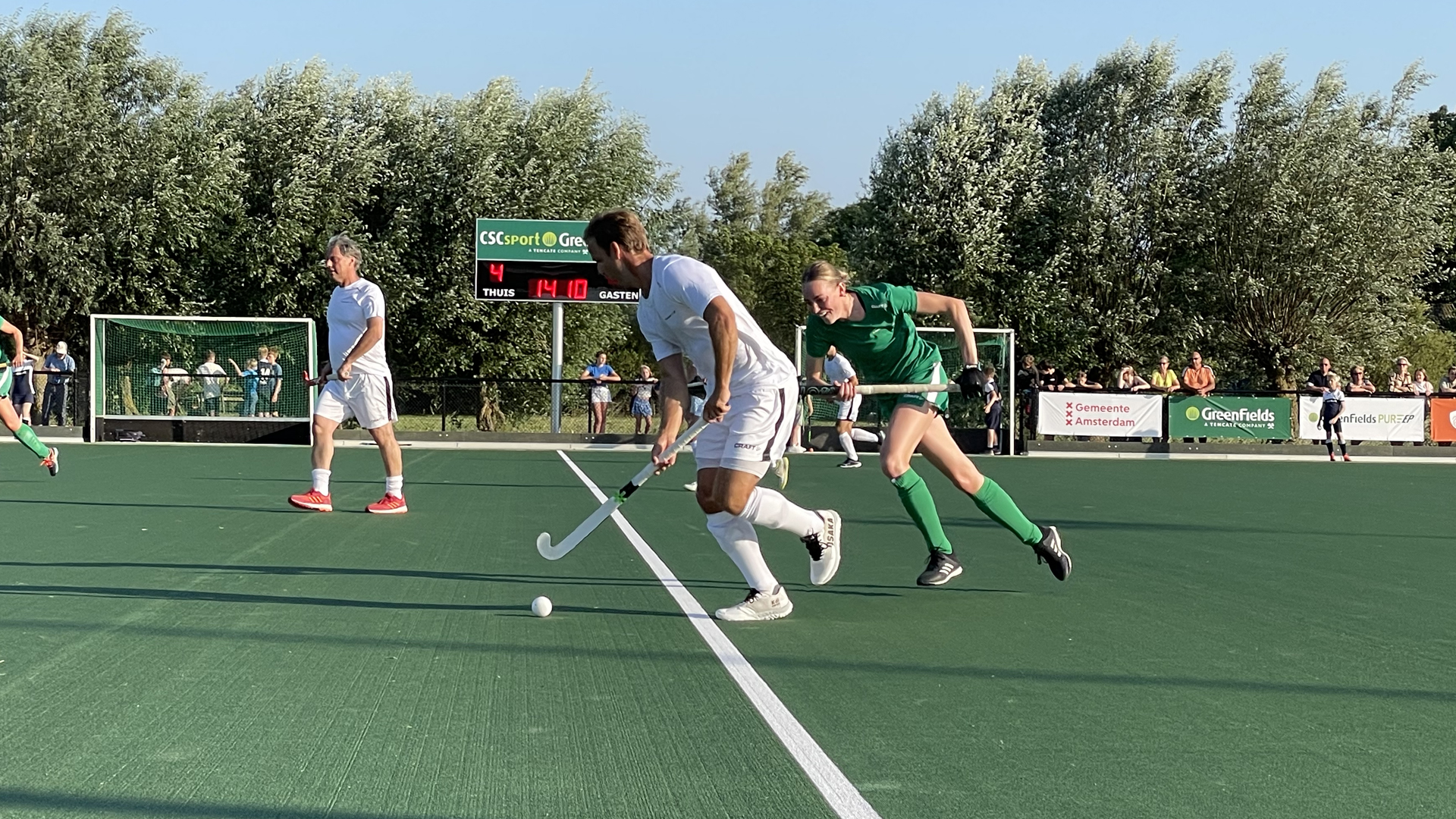
The big difference between a familiar water pitch and the new dry artificial grass lies in the fibres. On a water field you walk on the cut tops of the fibers, on the mat in Weesp the fibers are looped through, so you play on the sides of those fibers. The loops provide fewer contact points with the ball, making it roll down the field arguably faster.
“It takes some getting used to,” responds Fiona Morgenstern, attacker of Dutch champion Amsterdam. “This field feels quite rough on hockey shoes. I noticed that because of this I was a bit careful when turning and turning. When indicating a penalty corner, the ball got stuck a bit, more players suffered from that tonight. You are used to pressing the ball a bit more into the field on a water field, but that is not really necessary here. It’s all a matter of getting used to and adapting.’
Spray out
A few hours prior to the first game on the revolutionary mat, hundreds of interested parties were extensively updated in the clubhouse of Weesp about the need for this radical change in the hockey surface. On behalf of the FIH, Alastair Cox, Facilities and Quality Program Manager at the world hockey association, explained the ambition to increase sustainability in hockey and reduce the ecological footprint of hockey sport. The basis of his message: watering hockey fields simply costs too much water. And the FIH wants to get rid of that.
That is why next year’s Olympic final in Paris will be the last international top match to be played on a water field. Then the button turns, or rather: the sprinkler off. The World Cup in the Netherlands and Belgium in 2026 should be the first global tournament to be played on the new, dry field.
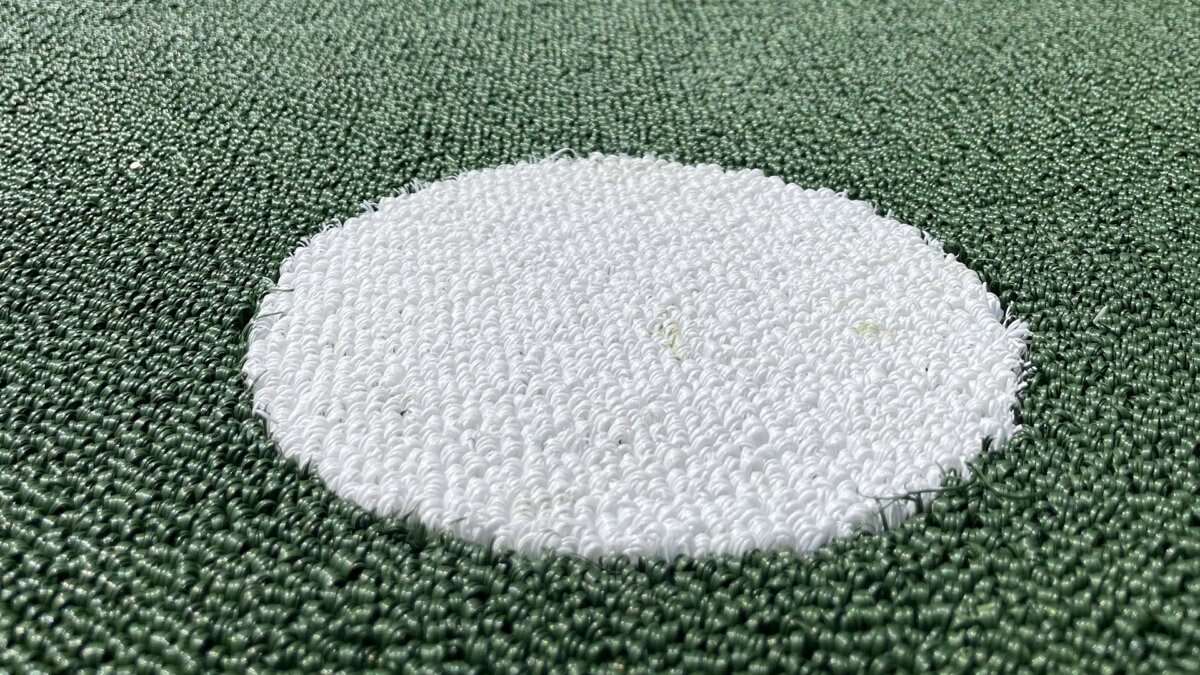
No slides
Before that happens, there will be many technological adjustments on the mat that can now be used in Weesp. Just as it took years before the new mat rolled off the machine, the technique and technology surrounding the looped fibers will continue to be fully developed over the next three years. The delivery of the field in Weesp therefore does not seem to be the end point, but rather the beginning of the revolution in hockey.
Hertzberger does touch on an important point in his feedback, something that in his eyes is currently the big difference between playing on water and on the new field. “They really need to come up with something to make a sliding, because that’s just not an option at the moment. Just as you don’t consider making a sliding on a dry water field. That’s asking for trouble. I think the game should not compromise on the sensation factor. In top hockey, this is expressed in hard passing, creative dribbles and slidings. I have quite faith in the technological development to improve the possibilities for sliding, but whether that has been completely successful at the 2026 World Cup… I have my doubts about that. The most important thing is that the physique of the players is protected.”
by Hockey.nl

